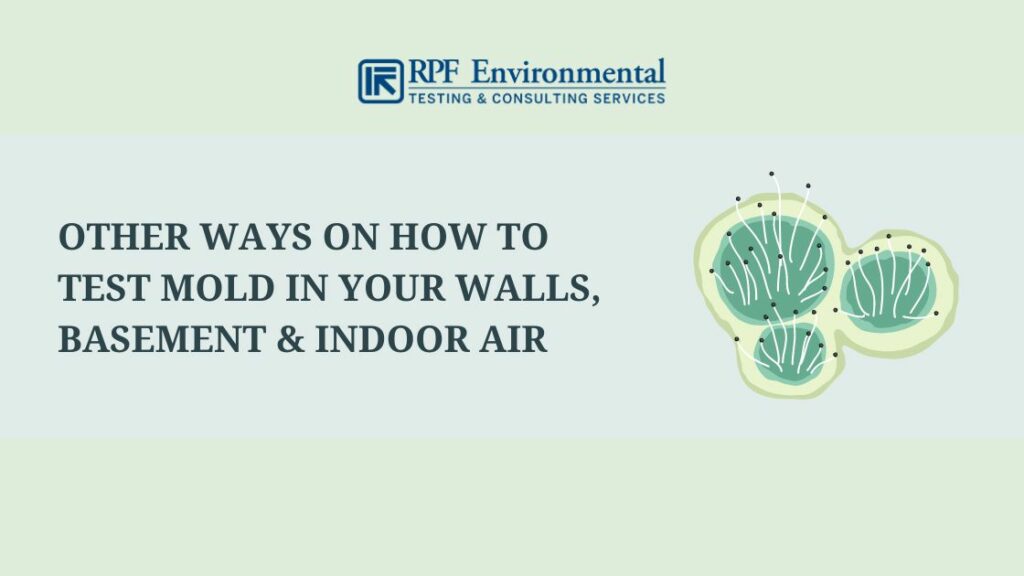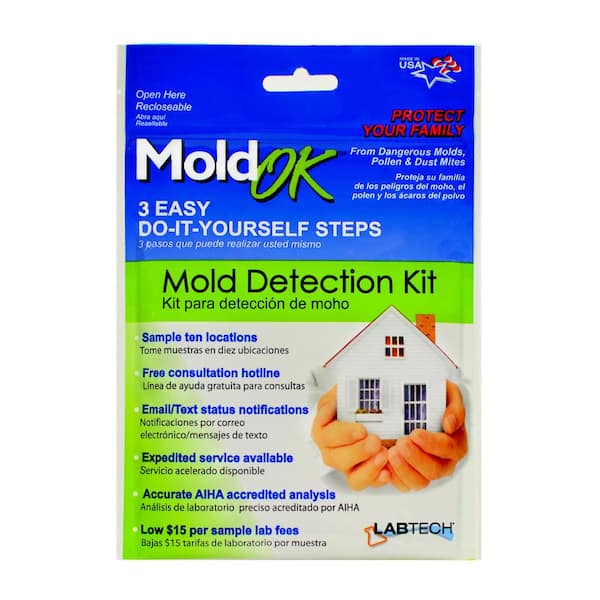Exactly How Mycotoxin Screening Helps Avoid Contamination and Safeguard Food Materials

Mycotoxin testing is a crucial technique in the food sector, offering as a frontline protection against contamination by dangerous toxins created by mold and mildews. Via the application of sophisticated methods like High-Performance Fluid Chromatography (HPLC) and Fluid Chromatography-Mass Spectrometry (LC-MS), food manufacturers can accurately find and quantify mycotoxin degrees in farming items.
Understanding Mycotoxins
Understanding mycotoxins starts with recognizing that they are toxic secondary metabolites produced by certain molds, which can infect farming items. These metabolites are not crucial for the development or recreation of the fungis however can have serious ramifications for human and animal health and wellness. Mycotoxins are typically discovered in staple crops such as corn, wheat, barley, and nuts, where they can proliferate under specific conditions of moisture and temperature level.
There are several kinds of mycotoxins, each created by different fungal varieties. Fusarium species generate fumonisins and trichothecenes, both of which are associated with numerous severe and chronic health and wellness issues.

Risks of Mycotoxin Contamination
The risks of mycotoxin contamination are multifaceted, posturing considerable risks to both food safety and security and public health. Mycotoxins, hazardous compounds created by certain types of fungis, can pollute a vast variety of farming products consisting of cereals, nuts, flavors, dried out fruits, and coffee.
Economic influences are another major problem. Polluted plants can result in considerable economic losses for farmers and food producers as a result of reduced returns and the demand for costly purification measures. International profession can be significantly hindered as nations apply strict mycotoxin guidelines to shield their populations, leading to denied shipments and strained profession relationships.
Environmental elements such as climate adjustment intensify the threat of mycotoxin contamination. Variations in temperature and moisture can produce favorable problems for fungal growth, boosting the possibility of contamination events. Hence, understanding and minimizing these threats are important for making sure the safety and integrity of worldwide food supplies.
Methods of Mycotoxin Checking
Properly recognizing mycotoxin contamination in farming products is vital for securing public health and maintaining food safety and security standards. Various methods are employed to spot and quantify mycotoxins, each offering specific benefits and constraints.
High-Performance Fluid Chromatography (HPLC) is a widely used approach as a result of its high level of sensitivity and precision. It involves dividing mycotoxins from other substances in an example, allowing accurate metrology. Liquid Chromatography-Mass Spectrometry (LC-MS) combines fluid chromatography with mass spectrometry to provide thorough molecular info, making it particularly beneficial for determining numerous mycotoxins concurrently.

Gas Chromatography-Mass Spectrometry (GC-MS) and Thin-Layer Chromatography (TLC) are also employed, each with distinct applications. GC-MS is efficient for unstable mycotoxins, while TLC offers a simpler, cost-effective alternative for preliminary testing.
Advantages of Normal Examining
Normal testing for mycotoxins in agricultural products supplies numerous advantages, dramatically adding to public wellness and food safety and security. By recognizing contamination early, normal screening assists avoid the circulation of hazardous foods, thus minimizing the risk of mycotoxin-related diseases among customers. This positive approach not just safeguards human health and wellness but additionally go to website improves the overall top quality of food materials.
Consistent screening likewise sustains regulative compliance. Various countries and areas have developed strict restrictions for mycotoxin levels in food and feed. Complying with these restrictions through normal testing makes certain that vendors and producers fulfill legal requirements, thereby staying clear of charges and profession barriers. Keeping compliance cultivates consumer depend on and brand track record, which are critical for market success.
Furthermore, routine mycotoxin testing can bring about significant financial benefits. Early detection of contamination permits timely intervention, decreasing possible losses from prevalent contamination. Executing routine testing procedures can likewise lessen recall prices and relevant responsibilities, which can be monetarily ruining.
Furthermore, regular testing provides valuable data that can inform better farming practices and storage space problems. By recognizing patterns of contamination, manufacturers can take on preventative actions, thereby reducing future threats and adding to the sustainability of the food supply chain.
Applying Examining Procedures
Carrying out efficient mycotoxin testing protocols is essential for making sure the security and high quality of farming products. Establishing a robust testing framework involves multiple key steps, starting with the identification of potential contamination factors within the manufacturing and supply chain. This consists of pre-harvest, post-harvest, storage, and distribution phases. Each phase has to be looked at to determine where mycotoxin contamination is more than likely to happen.
When important control points are identified, choosing suitable testing methods is essential. Usual techniques consist special info of enzyme-linked immunosorbent assay (ELISA), high-performance liquid chromatography (HPLC), and mass spectrometry (MS) Each approach has its staminas and weaknesses; hence, choosing the correct one depends on the details mycotoxin being checked, the required level of sensitivity, and readily available sources.

Last but not least, incorporating the testing methods into an extensive food safety monitoring system is a good idea. This enhances traceability and makes it possible for quick corrective activities when contamination is identified, thus protecting the integrity of the food supply chain.
Verdict
Mycotoxin screening is important in preventing contamination and safeguarding food products by making it possible for early discovery of dangerous contaminants produced by mold and mildews in farming items. Normal testing enhances brand credibility, monetary stability, and count on in food security by lessening contamination-related losses and keeping high criteria in food manufacturing.
Mycotoxin screening is an indispensable practice in the food industry, serving as a frontline defense versus contamination by harmful toxins generated by mold and mildews. An incorporated technique including agricultural methods, storage management, and normal screening can alleviate the dangers connected with mycotoxin contamination, guaranteeing food security and public health.
The risks of mycotoxin contamination are complex, posturing substantial hazards to both food security and public health and wellness.Regular screening for mycotoxins in farming items provides various advantages, considerably contributing to public health and food safety.Mycotoxin screening is essential in preventing contamination and safeguarding food products by enabling very early detection of unsafe contaminants created by molds in more tips here agricultural items.